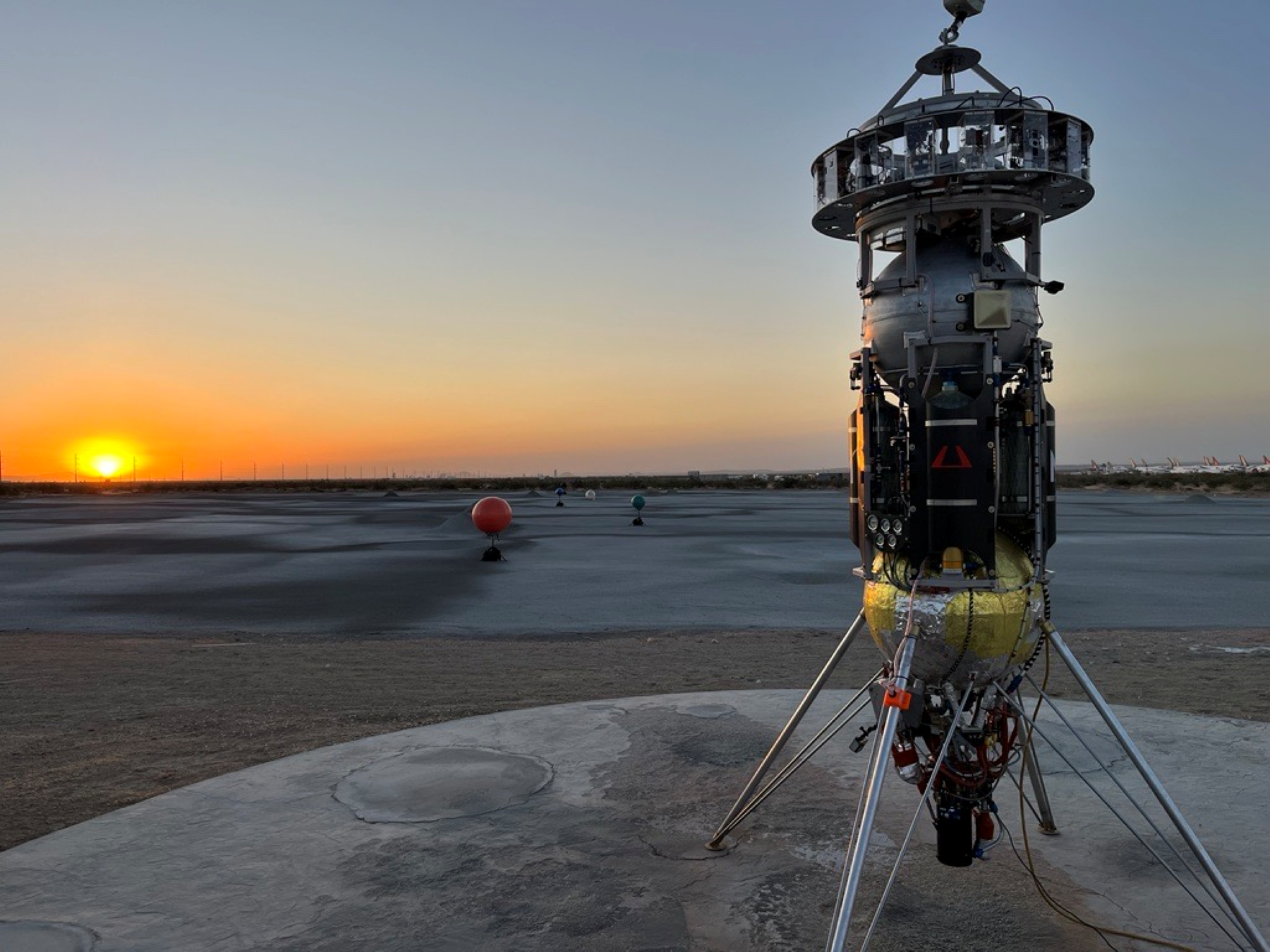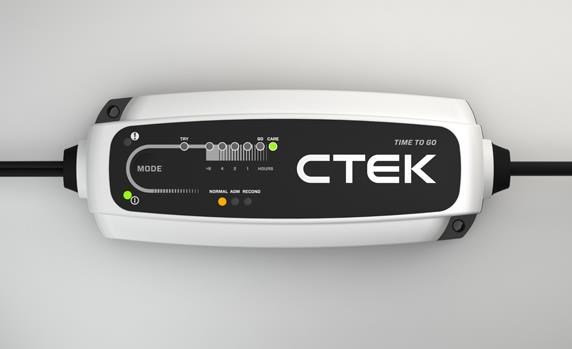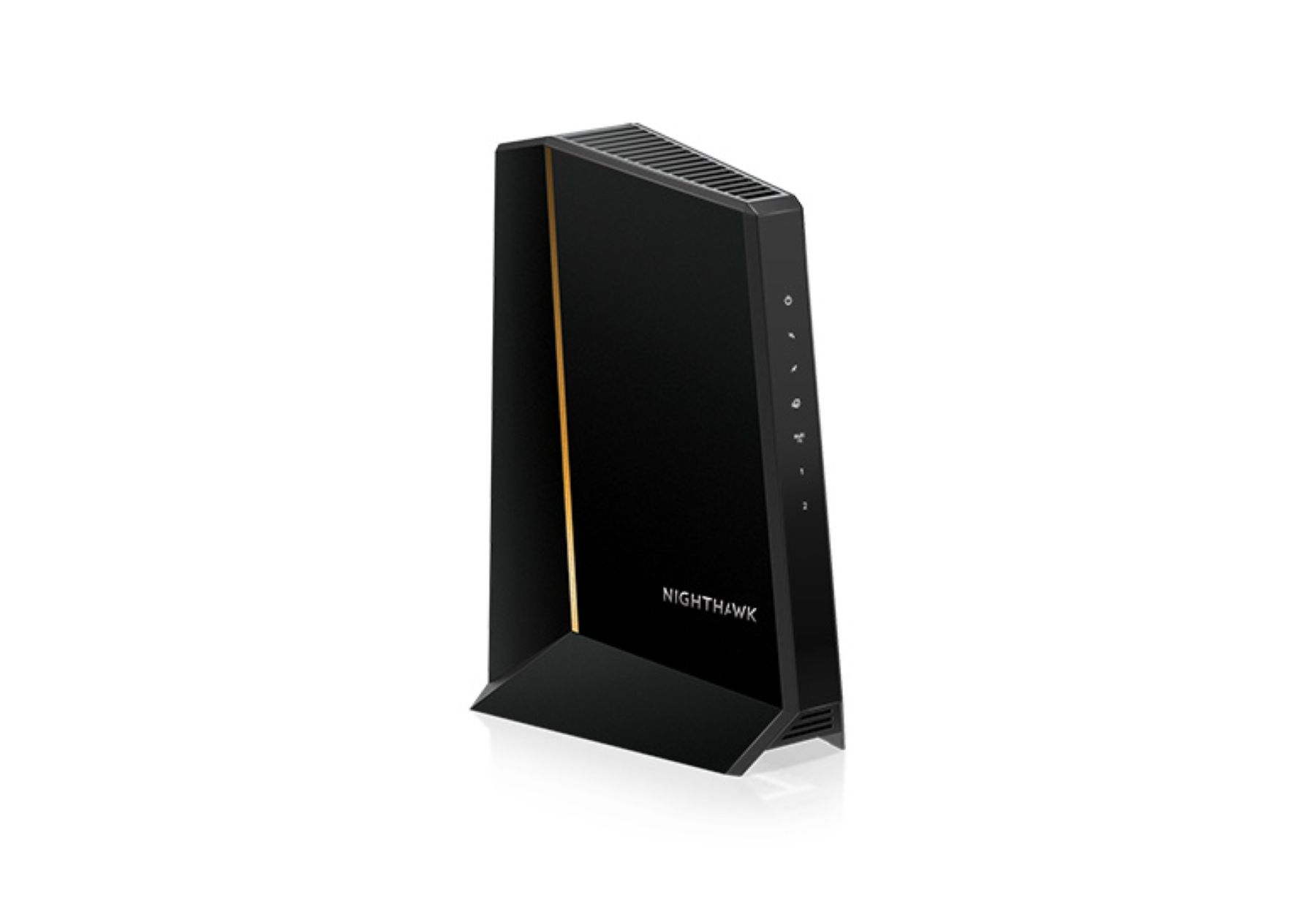Press Releases
Astrobotic Unveils Terrestrial Moonscape for Payload Testing

This one-of-a-kind test field provides a globally unique environment for lunar payload flights aboard Astrobotic’s Xodiac.
| Astrobotic announced the unveiling of its Lunar Surface Proving Ground (LSPG) at its facility in Mojave, CA. The approximately 100mx100m high-fidelity 3D test field mimics the topography and optical properties of the Moon’s surface. The LSPG’s terrain is modeled after an actual map of the Moon’s South Pole, scanned by Astrobotic’s LunaRay system. The LSPG test site will be used for a variety of test campaigns, from precise lunar landing technologies like LiDAR scanners and navigation algorithms to lunar rovers and other robotic systems. In addition to providing a realistic lunar topography for spacecraft and rover sensors and systems, this test field can simulate the extreme lighting conditions encountered at the lunar poles. “Our Lunar Surface Proving Ground stands out as the most realistic test field of this scale, modeled directly from a lunar surface map, anywhere in the world,” said Sean Bedford, Director of Business Development at Astrobotic. “We’re excited to simulate the lunar landscape for high-fidelity testing here on Earth as industry, government, and academia develop Moon to Mars capabilities.” |
 |
| Image: Astrobotic’s Xodiac VTVL rocket next to the Lunar Surface Proving Ground (LSPG) in Mojave, CA |
| The LSPG debuted as the test site for several winning teams of NASA’s 2023-2024 TechRise Student Challenge, managed by NASA’s Flight Opportunities program and administered by Future Engineers. Thirty winning teams of 6-12th grade students from across the U.S. will fly their experiments aboard Xodiac, Astrobotic’s vertical-takeoff, vertical-landing (VTVL) reusable rocket, over the LSPG as the culmination of their work this school year. The student teams’ experiments range from terrain mapping and lunar crater detection using LiDAR and AI image processing, to water detection and thermal mapping using infrared cameras. The first 15 student payloads successfully flew over the LSPG aboard Xodiac on June 21. The TechRise Student Challenge flights are the LSPG’s first major campaign. It will also be the test site for this year’s NASA TechLeap Prize’s Nighttime Precision Landing Challenge. Draper, San Diego State University, and Astrobotic also have test activities planned on Xodiac in the coming months. “Allowing students, the next generation of engineers and rocket scientists, to be the first customers to use the LSPG is exciting for our team,” said Bedford, “It’s our mission to make space accessible to the world and this one-of-a-kind test field is another big step in making that goal a reality.” |
| About Astrobotic Astrobotic is at the forefront of advancing space exploration and technology development. Our expertise spans from lunar rovers, landers, navigation, machine vision, and infrastructure to terrestrial rockets and mesh GPS systems for austere environments. To date, the company has been contracted for two lunar missions, and has won more than 60 NASA, DoD, and commercial technology contracts worth more than $600 million. We recently launched and operated the first American lunar lander mission since the Apollo Program. Beyond helping lead America back to the Moon, Astrobotic develops and operates reusable vertical takeoff, vertical landing (VTVL) rockets and advanced rocket engines. Established in 2007, Astrobotic is headquartered in Pittsburgh, PA, with a propulsion and test campus in Mojave, CA.www.astrobotic.com |




